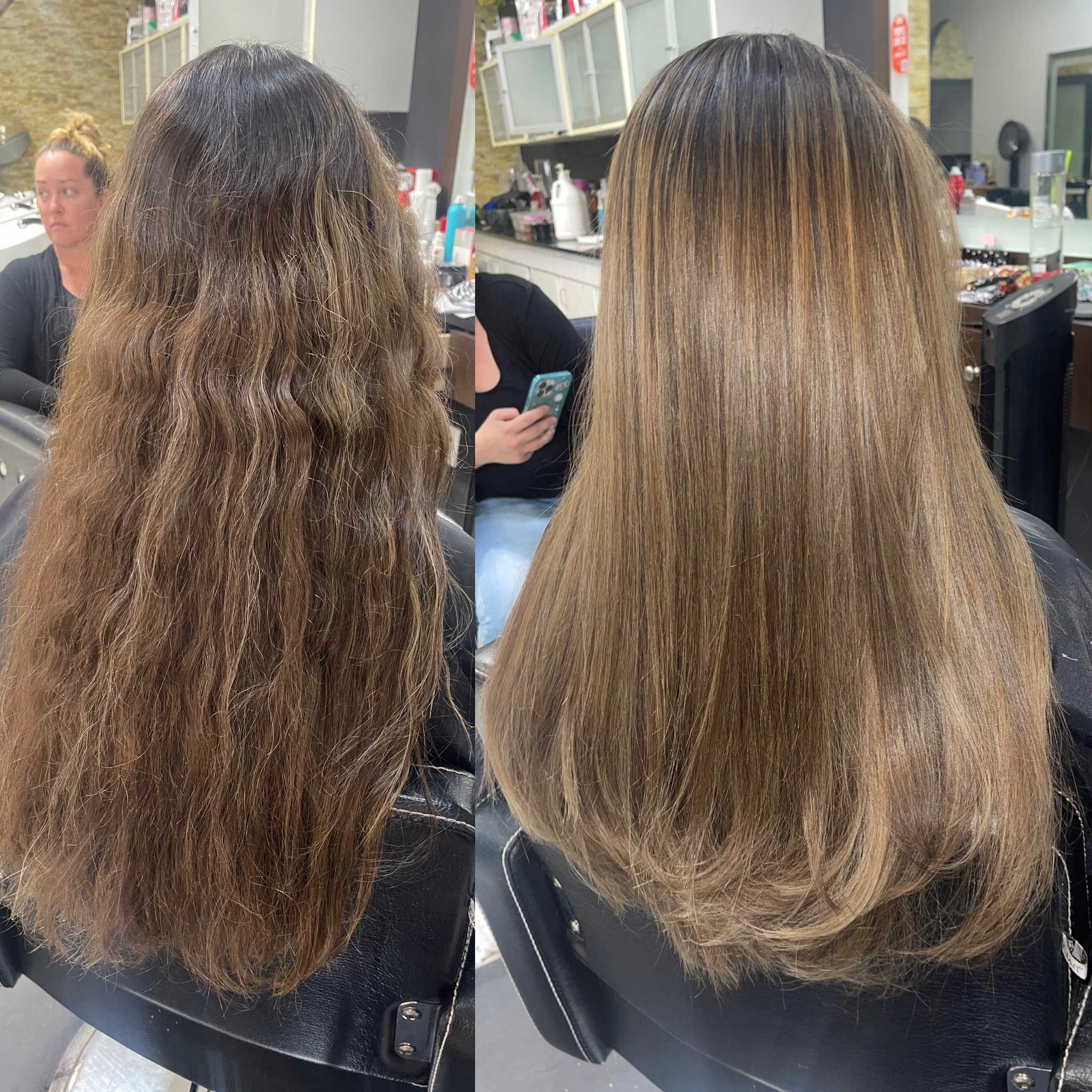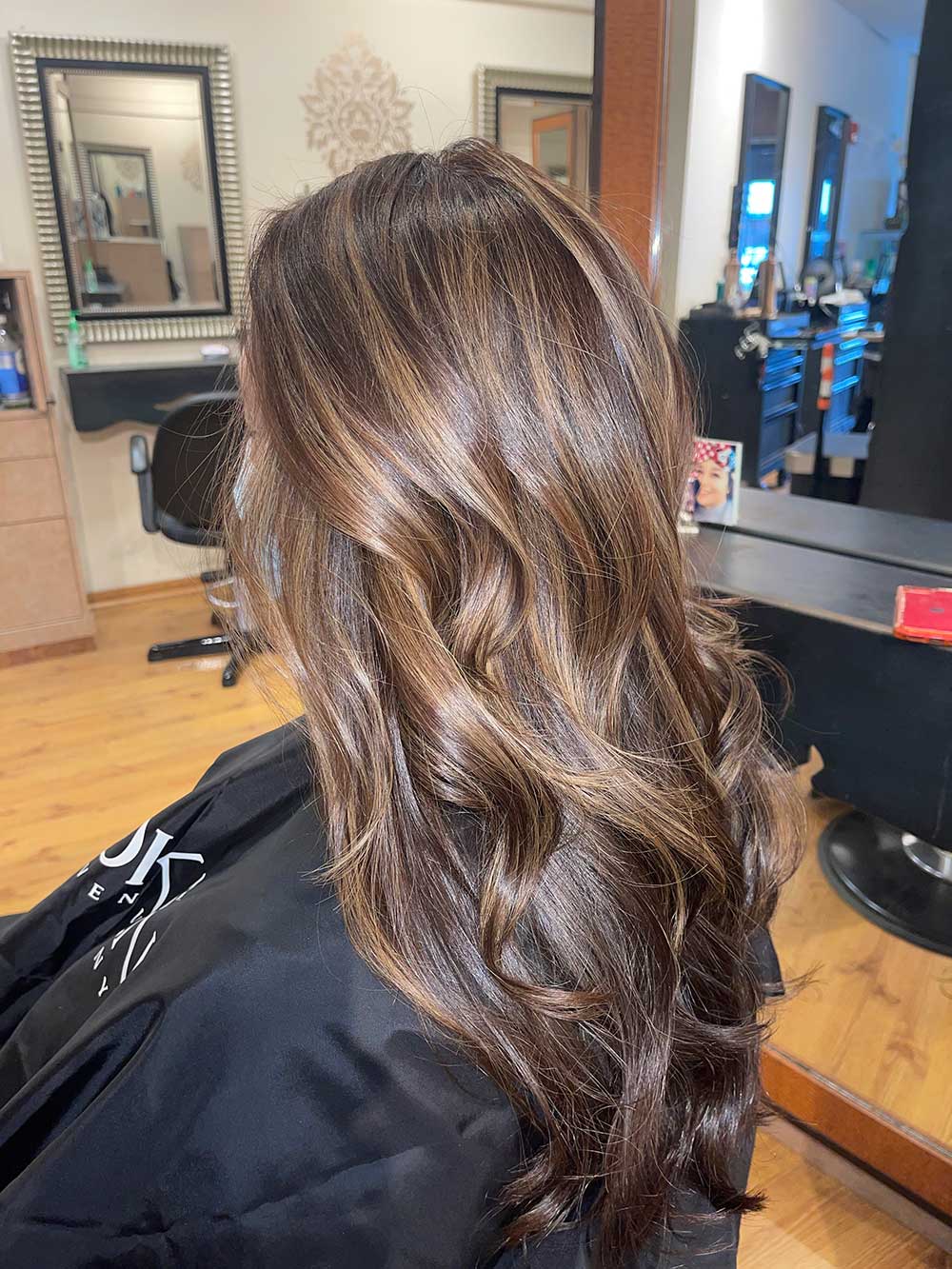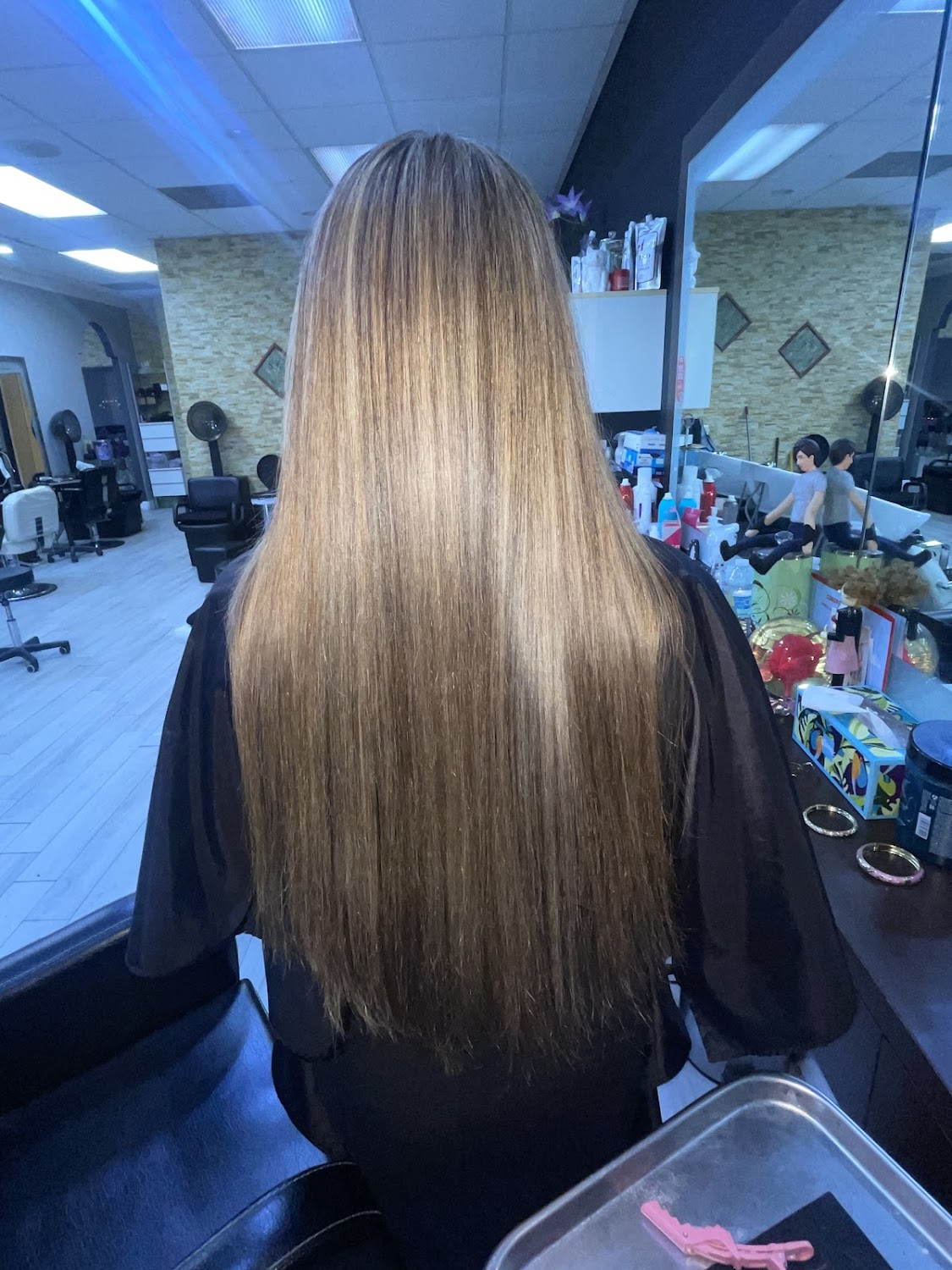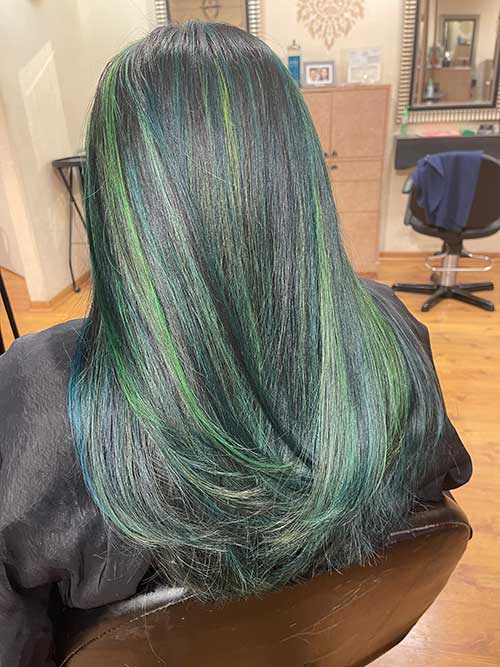Switching to a new hair color requires careful planning to maintain hair health and achieve the desired result. Hair color specialists recommend selecting shades that complement skin tone, making gradual changes to prevent damage, and prioritizing hair care before and after coloring. Professional guidance helps avoid common mistakes, while proper aftercare extends the vibrancy of the color. Exploring safe techniques and knowing when to seek expert help ensures a smooth transition without regrets.
Choosing the Right Hair Color for Your Skin Tone
The right hair color enhances natural features and complements skin tone. A mismatch can create an unnatural contrast, making the complexion appear washed out or overly harsh. Selecting a shade based on undertones ensures a balanced and flattering result.
Identify Your Skin’s Undertone
Checking the color of veins on the wrist helps determine if the skin leans warm, cool, or neutral. Greenish veins indicate warm undertones, while bluish or purplish veins suggest cool undertones. Mixing both means a neutral undertone, allowing more flexibility in hair color choices.
Match Hair Color to Complement Undertones
Warm undertones pair well with golden blondes, rich auburn, and warm browns. Cool undertones look best with ash blondes, deep espresso, or cool reds. Neutral undertones can experiment with various shades, balancing warmth and coolness.
Test a Temporary Shade First
Trying a temporary or semi-permanent color helps visualize a shade’s appearance against the skin. These options fade over time, allowing adjustments without a long-term commitment. Testing prevents unwanted surprises and makes choosing the right permanent color easier.
Preparing Your Hair for a New Hair Color
Healthy hair holds color better and experiences less damage during the transition. Strengthening strands before coloring prevents excessive dryness and breakage. Proper preparation leads to longer-lasting, more vibrant results.
Strengthen Hair With Deep Conditioning Treatments
Hydrated hair absorbs color evenly and retains vibrancy longer. Weekly deep conditioning masks restore moisture and reinforce the hair shaft. Strengthening treatments reduce the risk of dryness and brittleness after coloring.
Avoid Excessive Heat Styling Before Coloring
Overusing hot tools weakens hair, making it more prone to breakage. Minimizing heat exposure before coloring helps maintain hair’s natural resilience. Less heat damage ensures a smoother, more even application of hair dye.
Do a Strand Test Before Applying the Color
Testing a small section of hair reveals how the color will develop. This step prevents unexpected results and reduces the chance of allergic reactions. Checking the outcome in advance allows adjustments before committing to a full-color change.
Transitioning to a Lighter Hair Color Without Damage
Lightening hair requires a gradual approach to maintain its strength and health. Rushing the process with excessive bleaching leads to dryness, breakage, and uneven results. Protective treatments and professional techniques ensure a smoother transition while keeping strands in good condition.
Lighten Hair Gradually With Balayage or Highlights
Going several shades lighter in one session puts excessive stress on hair. Adding balayage or highlights over time helps achieve a lighter look without full-head bleaching. This technique maintains dimension while preventing overprocessing. A slow transition minimizes dryness and breakage, keeping hair healthier in the long run.
Use Bond-Building Treatments for Protection
Lightening agents break down the hair’s natural bonds, leading to weakness and brittleness. Bond-building treatments, such as those with keratin or protein, reinforce the hair structure. Regular use strengthens strands, reducing the risk of excessive damage. Healthier hair retains moisture better, making the lighter shade appear more vibrant.
Avoid Overlapping Bleach on Previously Lightened Hair
Applying bleach over already-lightened sections increases the chance of breakage. Hair that has been lightened before is more fragile and requires extra care. Keeping bleach away from previously processed areas helps prevent uneven porosity and damage. Sectioning hair properly and focusing only on new growth leads to a healthier result.
Maintain Moisture to Prevent Dryness and Breakage
Hydrated hair withstands chemical treatments better than dry, brittle strands. Deep conditioning masks and leave-in treatments keep moisture levels balanced. Lightweight oils and serums help seal hydration, reducing frizz and split ends. Consistently nourishing hair improves its resilience, making it easier to maintain a lighter color without excessive damage.
Switching to a Darker Hair Color Without Overprocessing
Darkening hair seems less damaging than lightening, but improper application leads to uneven tones and unnecessary stress on strands. Applying color gradually and using gentle formulas keeps hair healthy while achieving rich, long-lasting results. Protecting hair before and after coloring helps maintain shine and prevent dryness.
Choose Ammonia-Free Dyes for a Gentler Transition
Harsh chemicals in permanent dyes weaken hair, making it prone to dryness and breakage. Ammonia-free formulas provide deep color without stripping natural moisture. These dyes are ideal for maintaining hair health while achieving a rich, long-lasting shade. Less exposure to strong chemicals keeps strands softer and more manageable.
Apply Color in Layers for Even Coverage
Darker pigments absorb quickly, making uneven application more noticeable. Layering color in thin sections ensures full saturation and prevents patchiness. Working methodically from roots to ends creates a seamless blend. Taking time with the application improves the depth and richness of the final result.
Use Color-Safe Shampoos and Conditioners to Maintain Vibrancy
Regular shampoos strip away pigment, causing new colors to fade too quickly. Color-safe products lock in moisture and preserve intensity. Ingredients like keratin and argan oil help maintain shine while reducing frizz. Washing with lukewarm water further prevents color loss and keeps strands healthy.
Deep Condition Regularly to Prevent Dryness
Dark hair shades often contain heavier pigments that can make strands feel drier over time. Hydrating masks and protein treatments restore balance and prevent brittleness. Consistent deep conditioning improves elasticity, reducing the risk of breakage. Well-moisturized hair holds darker color better, leading to a longer-lasting, glossy finish.
Safely Going From One Bold Hair Color to Another
Bright and vivid shades require extra care when transitioning to a new color. Residual pigment from previous dyes affects the outcome, making it essential to fade or neutralize unwanted tones first. Protecting hair throughout the process ensures a smooth change without excessive damage.
Fade the Previous Color Before Applying a New One
Vibrant colors, especially reds and blues, leave behind stubborn undertones. A clarifying shampoo or vitamin C treatment helps speed up the fading process. Semi-permanent color removers offer a gentler way to eliminate old pigment. Lightening the existing shade prevents unwanted mixing and results in a cleaner transition.
Use Color Removers Instead of Excessive Bleaching
Bleaching over bright colors strips moisture and increases breakage risk. Color removers gently break down artificial pigment without the harsh effects of bleach. Choosing the proper remover prevents uneven fading and minimizes stress on hair. A less aggressive approach keeps strands strong and ready for the next shade.
Protect Hair With Protein Treatments Between Color Changes
Frequent color changes weaken the hair structure, making it more prone to damage. Strengthening treatments infused with keratin or collagen rebuild bonds and improve elasticity. Applying a protein mask before and after coloring reduces breakage and dryness. Healthy strands absorb pigment better, producing a more even and vibrant result.
Apply New Color Strategically for the Best Results
Layering new pigment over faded color helps achieve a balanced tone. Toning shampoos or fillers can neutralize unwanted undertones before applying the final shade. Applying color in sections ensures even saturation and prevents patchiness. A well-planned approach keeps bold colors looking vibrant and fresh.
Knowing Hair Color Transitioning Helps You Avoid Damage
Switching to a new hair color should be an exciting transformation, not damaging. Taking the proper steps—lightening, darkening, or changing bold shades—helps maintain hair health and vibrancy. Gradual transitions, appropriate treatments, and professional techniques prevent breakage, dryness, and uneven results. A well-planned approach ensures a smooth color change while keeping strands strong, shiny, and full of life.
Keep your hair vibrant and healthy with Veronica’s Hair Salon and Spa blog insights.





